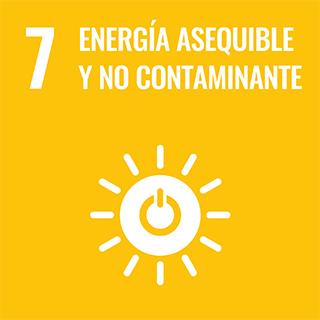
Indexado en
Licencia y uso
Impacto en los Objetivos de Desarrollo Sostenible (ODS)

Análisis de autorías institucional
Matías-García J.c.Autor o CoautorFranchini SAutor o CoautorBarroso EAutor o CoautorCasati MjAutor o CoautorExperimental tests of Coanda Effect at the aft deck of a frigate
Publicado en:Aiaa Aviation 2022 Forum. - 2022-01-01 (), DOI: 10.2514/6.2022-3528
Autores: Matías-García JC; Bardera R; Franchini S; Barroso E; Casati MJ
Afiliaciones
Resumen
Helicopter pilots must perform difficult maneuvers when operating around ships. The flow surrounding a frigate is characterized by high-velocity gradients and flow detachment behind the superstructure of the ship. Therefore, the pilot workload during the recovery maneuvers can increase. Different techniques of passive and active flow control have been tested in previous studies with the goal of reducing the pilot workload and improve the safety of these operations. In this paper, experimental tests are performed to analyze the implementation of the Coanda Effect at the back part of the hangar, as an active flow control technique to reduce the flow detachment. Using the results from a previously made Computational Fluid Dynamics (CFD) study, the best geometries of Coanda hangars installed in a scaled Simple Frigate Shape 2 (SFS2) are tested in a wind tunnel with Particle Image Velocimetry (PIV). Two different hangars are tested. -Hangar if the Coanda effect is applied on the roof of the hangar and -Hangar when the active flow control is applied also on the sides. The improvement of the flow using different powers of the jet that generates the Coanda effect has been quantified. The results show a drastic reduction or even elimination of the flow detachment above the flight deck, combined with more uniform and reduced levels of turbulence intensity at the height where the helicopter rotor must operate during the recovery maneuver.
Palabras clave
Indicios de calidad
Impacto bibliométrico. Análisis de la aportación y canal de difusión
2025-07-29:
- Open Alex: 3
- Scopus: 2
Impacto y visibilidad social
Análisis de liderazgo de los autores institucionales
Existe un liderazgo significativo ya que algunos de los autores pertenecientes a la institución aparecen como primer o último firmante, se puede apreciar en el detalle: Primer Autor (MATIAS GARCIA, JUAN CARLOS) y Último Autor (CASATI CALZADA, MARIA JESUS).
